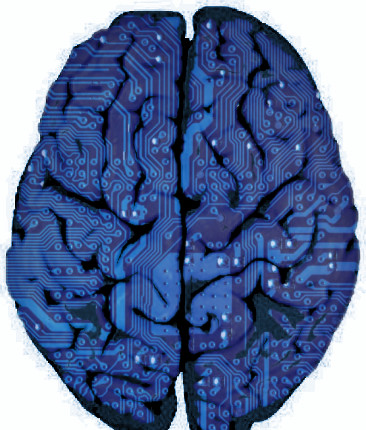Brain cells trained on chip
 ANU researchers are building a brain-on-a-chip – a system of circuits made out of brain cells.
ANU researchers are building a brain-on-a-chip – a system of circuits made out of brain cells.
Engineers have grown brain cells on a semiconductor wafer, which is patterned with nanowires that act as a scaffold to guide the growth of brain cells.
It provides a useful platform to study the growth of brain cells and how they connect with each other.
“The project will provide new insights into the development of neuro-prosthetics which can help the brain recover after damage due to an accident, stroke or degenerative neurological diseases,” said lead researcher Dr Vini Gautam.
It is the first time that neuronal circuits grown on nanowire scaffolds have been shown to be functional and highly interconnected, opening the potential to apply their scaffold design for neuro-prosthetics.
“Unlike other prosthetics like an artificial limb, neurons need to connect synaptically, which form the basis of information processing in the brain during sensory input, cognition, learning and memory,” project group leader Dr Vincent Daria said.
“Using a particular nanowire geometry, we have shown that the neurons are highly interconnected and predictably form functional circuits.”
Dr Daria said it was important to build up the appropriate environment where neurons can be predictably connected into functional circuits.
“We were able to make predictive connections between the neurons and demonstrated them to be functional with neurons firing synchronously,” he said.
“This work could open up new research model that builds up a stronger connection between materials nanotechnology with neuroscience.”
The research brought together experts in physics, engineering and neuroscience, with the actual nanowires being fabricated by a group led by Professor Chennupati Jagadish at ANU.
The research has been published in Nano Letters.







 Print
Print